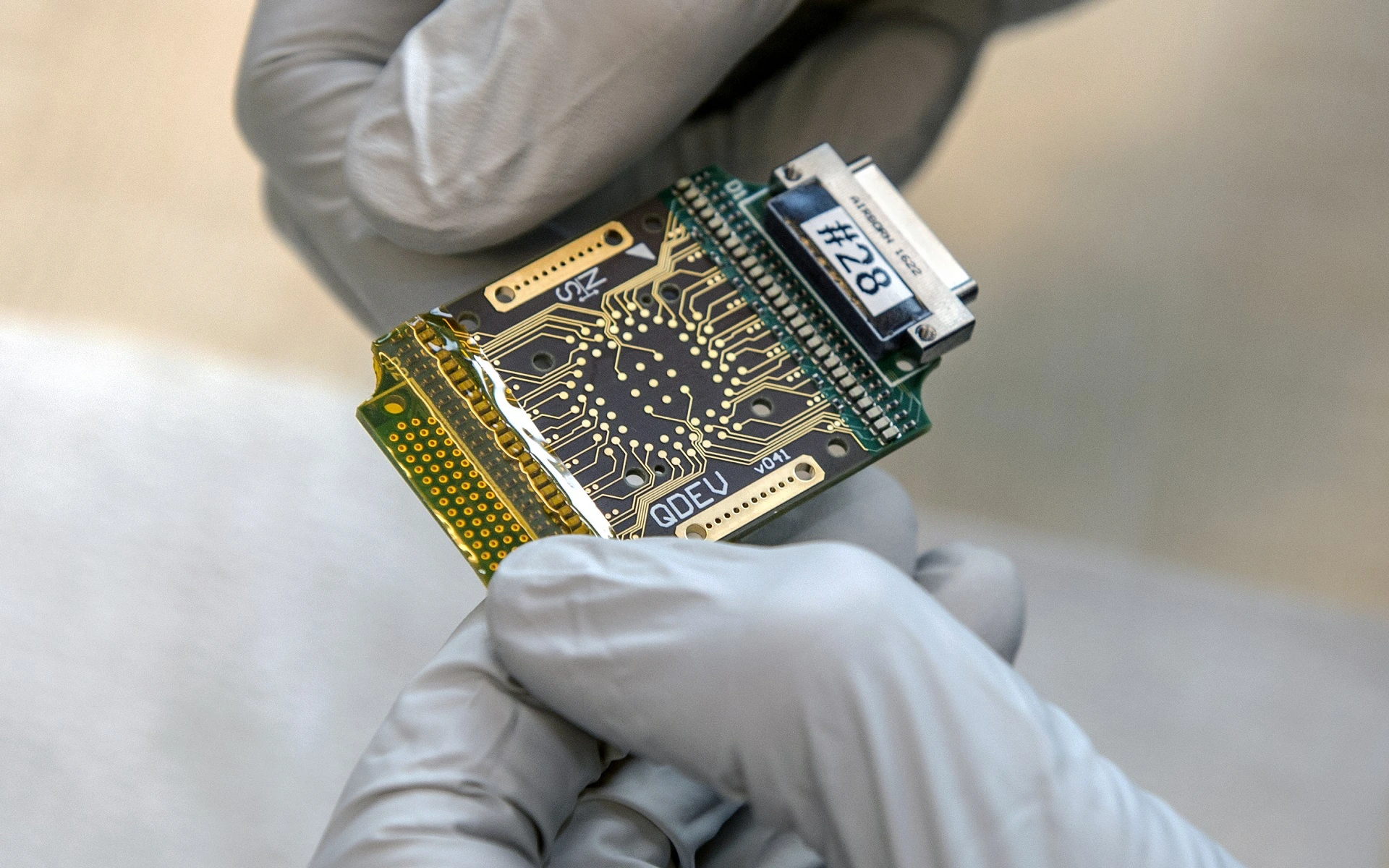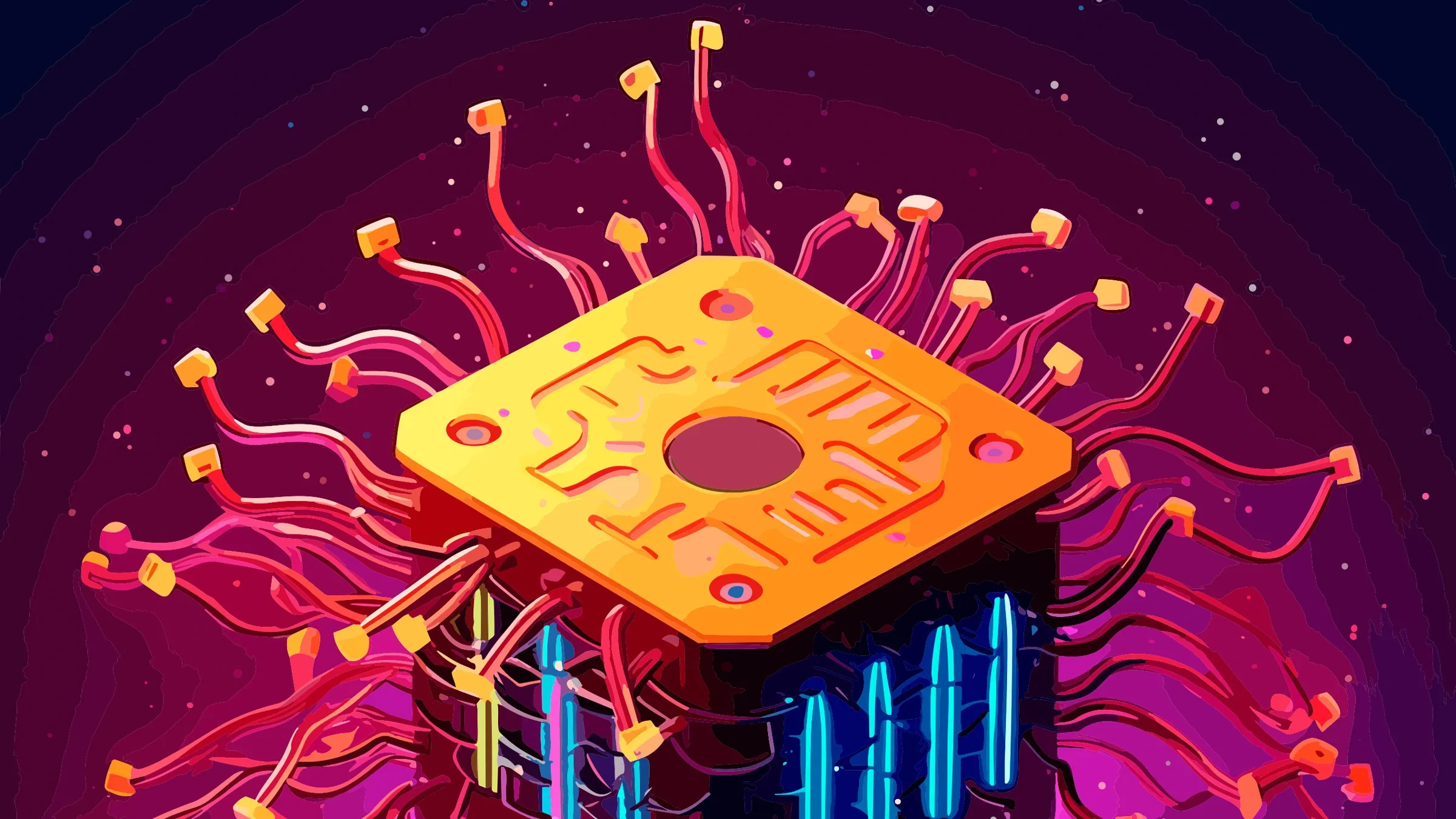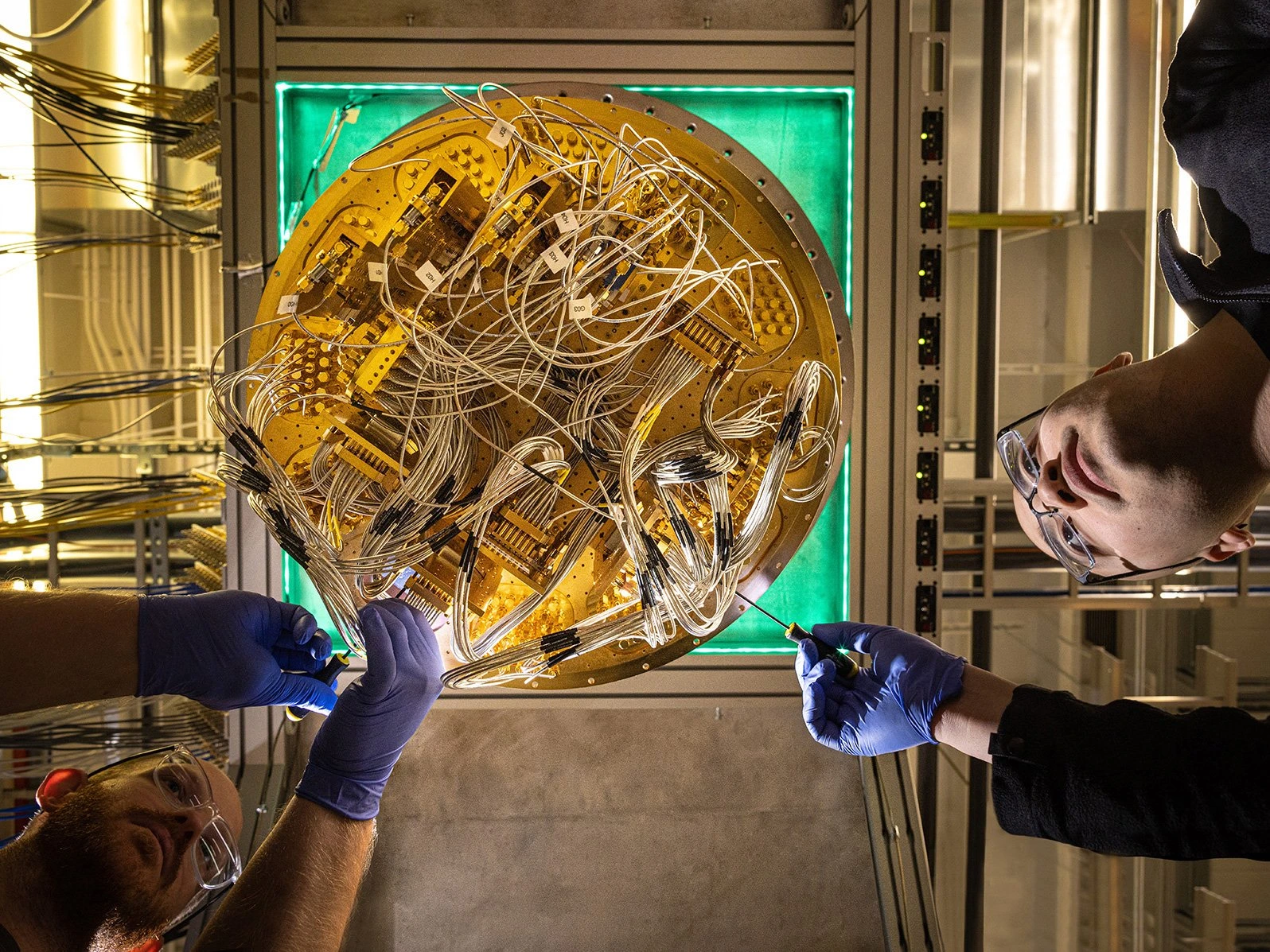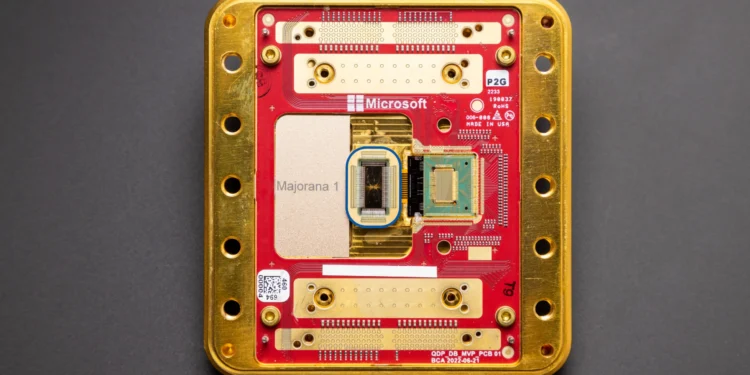In an announcement that might as well be the plot of a sci-fi blockbuster, Microsoft has declared a breakthrough in quantum computing that challenges the very foundation of physical science as we know it. Forget solids, liquids, and gases—Microsoft introduces us to the world of “topological qubits,” a new state of matter poised to revolutionize how we approach technology.

The Power of Topological Qubits
This isn’t just another update in the tech world; it’s a paradigm shift. Microsoft’s scientists have developed what they call a topological qubit, which exists in a phase of matter that, until now, was purely theoretical. This discovery is set to turbocharge the potential of quantum computers, machines that promise to outpace the capabilities of today’s most powerful supercomputers. Quantum computers, unlike their traditional counterparts, operate on the principles of quantum mechanics, handling operations that could enable major advancements in various fields including energy, medicine, and artificial intelligence.

Beyond the Textbook
The essence of Microsoft’s innovation lies in the topological qubit. Traditional qubits, which are the basic units of information in quantum computing, are notoriously delicate. They require extremely cold temperatures to function and are prone to error due to their sensitivity to external environments. Microsoft’s topological qubits, however, promise to be more robust, needing less error correction and offering more stable and reliable computing. “Microsoft now says it has created a new state of matter in its quest to make a powerful machine, called a quantum computer, that could accelerate the development of everything from batteries to medicines to artificial intelligence,” noted the tech giant’s team during a recent presentation.

Looking Ahead
The implications of this discovery extend beyond just technological advancements. It challenges the classical understanding imparted in every third-grade classroom that matter exists in three states. Microsoft’s revelation adds a complex layer to basic scientific education, where a new state of matter—neither solid, liquid, nor gas—emerges as a cornerstone for future technologies.
As we stand on the brink of this quantum era, the potential for what might be achieved with Microsoft’s new quantum chip and its topological qubits is immense. This isn’t just about faster computing; it’s about solving problems that are currently beyond our grasp. With such advancements, we could see accelerated development in sustainable energy solutions, more precise medical treatments, and AI systems that could mimic human reasoning and intuition.
As the world watches, Microsoft is not just redefining the boundaries of computing but also challenging our very understanding of the natural world. This new state of matter represents not only a technical milestone but also a conceptual revolution that could pave the way for the next generation of scientific and technological innovations.










